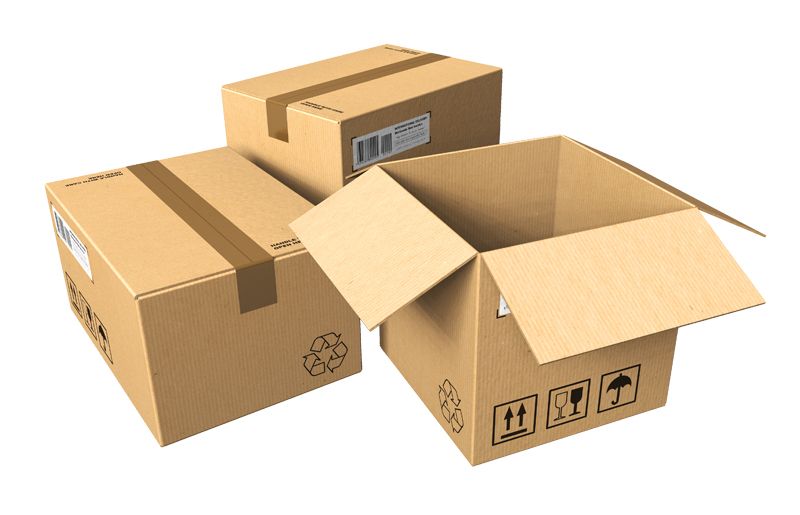What are the Different Types of Cardboard Boxes?

Cardboard boxes are a ubiquitous material in our everyday lives, used in everything from packaging to crafts. While it may seem like a basic material, the versatility and variations of cardboard make it a fascinating topic. One of the most common types of cardboard we encounter is the folding cardboard box, but there are many more varieties worth exploring. In this article, we will delve into the several types of cardboard, highlighting their unique properties and uses.
Corrugated Cardboard
Corrugated cardboard is the most familiar type of cardboard, particularly used in shipping and packaging. This type consists of a fluted corrugated sheet sandwiched between two flat liner boards. The fluted design provides strength and rigidity, making it ideal for protecting items during transport. Corrugated cardboard is further categorized into single-wall, double-wall, and triple-wall, depending on the number of fluted layers. Each variation offers various levels of durability and cushioning.
Folding Cardboard Box
A folding cardboard box, often made from paperboard, is another common type of cardboard. These boxes are lightweight yet sturdy, and they can be folded flat when not in use, making them convenient for storage and shipping. The folding design allows for easy assembly, which is why they are popular for packaging smaller items, such as consumer goods and retail products. These boxes can be printed with high-quality graphics, enhancing their appeal for marketing purposes.
Paperboard
Paperboard is a thick, paper-based material that is often used for packaging. It is made from layers of paper pulp that are pressed together. There are several types of paperboards, including:
• Solid Bleached Sulfate (SBS): This is a high-quality paperboard that is white on both sides and has a smooth surface, making it ideal for printing. It is commonly used for packaging cosmetics, pharmaceuticals, and food products.
• Coated Unbleached Kraft (CUK): This type of paperboard is brown on one side and has a coated surface, providing a balance between strength and printability. It is often used for beverage carriers and other heavy-duty packaging.
• Chipboard: Made from recycled paper, chipboard is less durable but more Eco-friendly. It is often used for backing on notepads, game boards, and other items where strength is not a primary concern.
Honeycomb Cardboard
Honeycomb cardboard is an innovative and Eco-friendly material that consists of a honeycomb-shaped core sandwiched between two sheets of paperboard. This design offers exceptional strength and lightweight properties, making it suitable for a wide range of applications, including furniture, interior design, and heavy-duty packaging.
Fiberboard
Fiberboard, also known as hardboard, is made by compressing wood fibers under high pressure. It is a dense and rigid material that is often used in construction, furniture, and flooring. There are several types of fiberboards, including:
• Medium Density Fiberboard (MDF): This is a versatile and affordable type of fiberboard that is smooth and easy to work with. It is often used for making cabinets, shelves, and other furniture.
• High Density Fiberboard (HDF): This type of fiberboard is denser and stronger than MDF, making it suitable for heavy-duty applications, such as flooring and construction.
Conclusion
In conclusion, cardboard is a versatile material with a wide range of applications. From the sturdy corrugated cardboard used in shipping to the convenient folding cardboard box for retail products, each type of cardboard offers unique properties and benefits. Whether you are a business owner looking for packaging solutions or a DIY enthusiast exploring new materials, understanding the diverse types of cardboard can help you make informed decisions. The next time you encounter a cardboard box, take a moment to appreciate the engineering and innovation that goes into this simple material.

